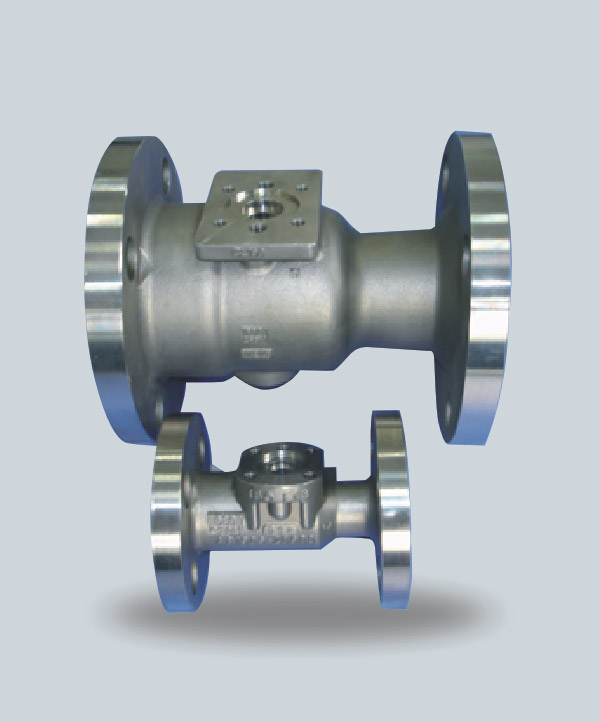1, pressure loss
A significant portion of the pressure loss in the pipeline is due to the Casting Valve Body. Some valve structures have large resistance and some have small resistance; however, various valves have their inherent functional characteristics. The same type of valve has large resistance and some resistance; it should be properly considered when selecting.
2, the material of the valve
When the pressure, temperature class and fluid properties of the OEM Casting Valve Body are determined, the appropriate material should be selected. Different parts of the valve, such as its valve body, gland, valve disc, valve seat, etc., may be manufactured from several different materials to achieve the best economic and durability. Cast iron body allows up to 200 ° C; steel valve body can be used up to 425 ° C; over 425 ° C should consider the use of alloy steel material;
Over 550 ° C is usually selected from high temperature resistant Cr-Ni stainless steel. For valves that transport chemically corrosive media, stainless steel, Monel, plastics, etc., depending on the nature of the media, can also be lined with anti-corrosion materials. Suitable, economical materials should be chosen.
3, temperature and pressure
The material and pressure rating of the valve should be determined based on the operating temperature and pressure of the valve.

Previous: Common Materials For Valve Body